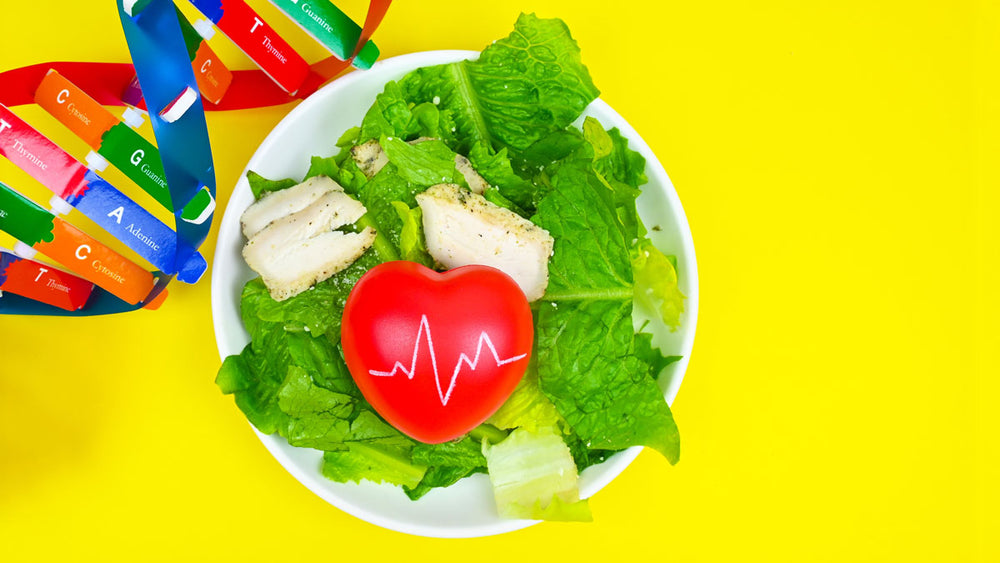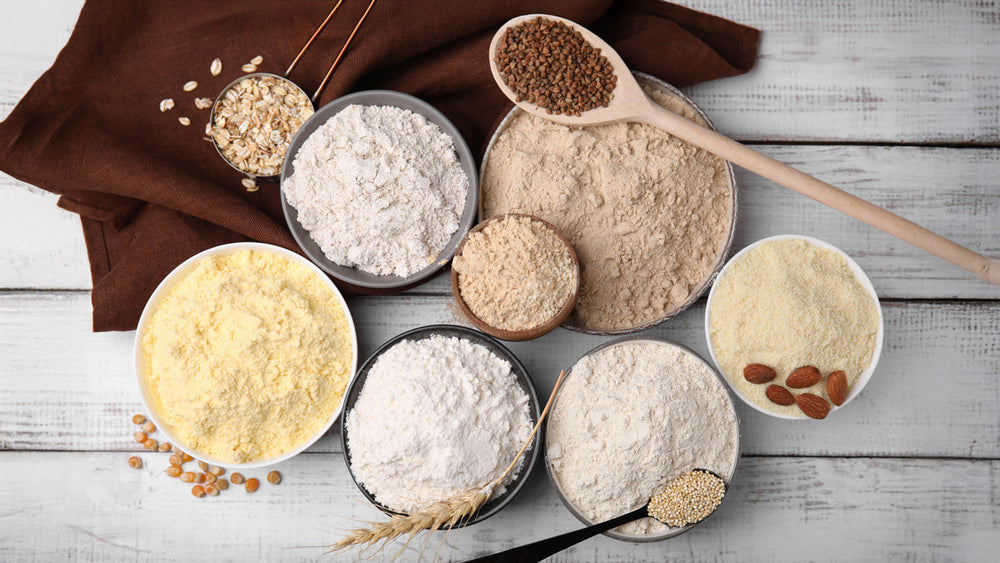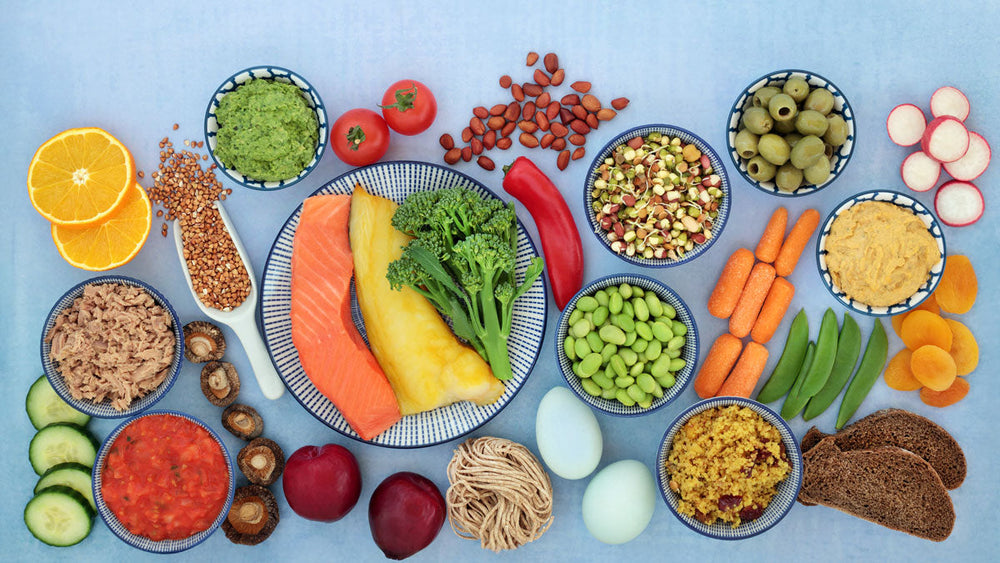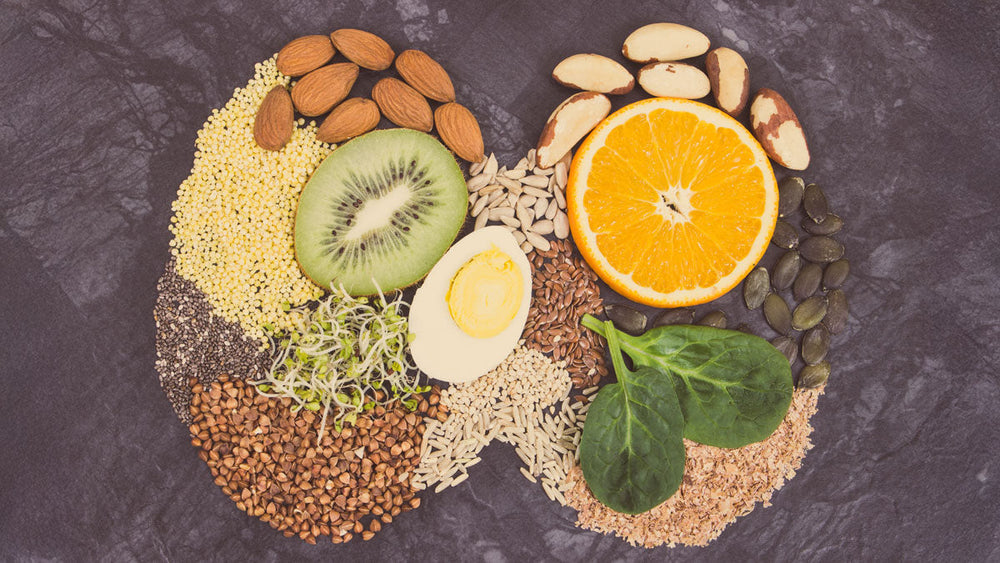People diagnosed with GERD often ask if they are at risk of developing esophageal cancer.
First, let’s learn some facts about esophageal cancer. Esophageal cancer is the eighth most common cancer worldwide and the sixth most common cause of cancer-related deaths. Expected death rates are more than four times higher in men than in women. The 5-year survival rate for esophageal cancer is about 20% in the US.
Let’s take a look at the different types of esophageal cancer:
- Esophageal squamous cell carcinomas – originates in the inner layer of the esophagus and usually occur in the upper two-thirds of the esophagus
- Esophageal adenocarcinomas – originates in the inner layer of the esophagus, spreads outward, and are classically found in the lower third of the esophagus
- Adenocarcinoma of the gastroesophageal junction – where the stomach meets the esophagus; is treated like esophageal cancer
These are the most common symptoms of esophageal cancer:
Difficulty swallowing, pain with swallowing, reflux-like pain, throat or back pain, and weight loss; however, symptoms rarely occur when the disease is contained and has not spread. Additional symptoms may include bleeding in the esophagus and a chronic cough.
Here are the risk factors associated with the different types of esophageal cancers:
- Esophageal squamous cell carcinomas:
The use of tobacco/smoking, alcohol consumption, a history of HPV infection, yerba mate (type of herbal tea) consumption, gender (men are at a greater risk than women), race, genetics, processed and red meat consumption. GERD is not a likely risk factor.
- Esophageal adenocarcinoma:
Body weight status (overweight or obesity), a history of GERD and/or Barrett’s esophagus, the use of tobacco/smoking, gender (men are at a greater risk than women), race, and genetics.
GERD and esophageal adenocarcinoma (EAC). Are they related?
Let’s look at a study done by Rubenstein et al.
They created a Markov computer model using three parameters: 1.) The incidence of esophageal cancer in the baseline population 2.) The prevalence of GERD 3.) The standardized incidence ratio in people with GERD compared with those without GERD.
Their conclusions:
- Women of any age with GERD have a very low risk of developing EAC
- The risk of EAC in men with GERD <61 years old is relatively low
- The incidence of EAC is significant in white men with at least weekly GERD who are above the age of 60 and in white men with at least daily GERD who are at least 55 years of age
- Screening for EAC in these groups of men might be reasonable if the practice were effective, however, there is no high-quality evidence to support the argument that screening is effective for reducing death from EAC
- Despite the significant rate of EAC in older men with GERD, they only account for 43% of all EAC cases presenting under the age of 80 years old
How can I reduce my risk of cancer?
According to the American Cancer Society Guideline on Diet and Physical Activity, here is what to do:
- Maintain healthy body weight. If you need assistance achieving a healthy body weight, speak to a Registered Dietitian or your medical provider for assistance.
- Be physically active: Aim for 150-300 minutes of moderate-intense physical activity per week or 75-150 minutes of vigorous-intensity physical activity per week (or a combination); limit inactive behavior like sitting, lying down, and watching tv. Examples of moderate-intense physical activity could include walking, yoga, or golfing. The vigorous-intensity activity could include jogging, aerobic dance, or racquetball.
- Aim for at least 5 servings of fruits/vegetables daily. Eat the rainbow and include various colors of fruits/vegetables into your diet.
- Avoid or limit the following: red and processed meats, sugar-sweetened beverages, and highly processed foods/refined grain products.
- It is best to not drink alcohol. If you do choose to drink alcohol, it is recommended to limit it to 1 drink per day for women and 2 drinks per day for men.
- Ferlay, J., Soerjomataram, I., Dikshit, R., Eser, S., Mathers, C., Rebelo, M., Parkin, D. M., Forman, D., & Bray, F. (2015). Cancer incidence and mortality worldwide: sources, methods and major patterns in GLOBOCAN 2012. International journal of cancer, 136(5), E359–E386.
- Statistics for Esophageal Cancer | Esophageal Cancer Stats. (n.d.). Retrieved September 30, 2022.
- Cancer of the Esophagus - Cancer Stat Facts. (n.d.). SEER. Retrieved September 30, 2022.
- Esophagus Cancer | Esophageal Cancer. (n.d.). Retrieved September 30, 2022.
- Finding, Diagnosing & Staging Esophageal Cancer. (n.d.). September 30, 2022.
- Rubenstein, J. H., Scheiman, J. M., Sadeghi, S., Whiteman, D., & Inadomi, J. M. (2011). Esophageal adenocarcinoma incidence in individuals with gastroesophageal reflux: synthesis and estimates from population studies. The American journal of gastroenterology, 106(2), 254–260.
- American Cancer Society Guideline for Diet and Physical Activity. (n.d.). Retrieved September 30, 2022.



















Comments
Join The Conversation...